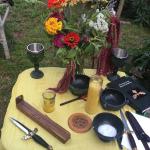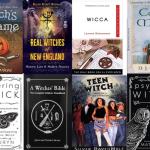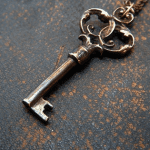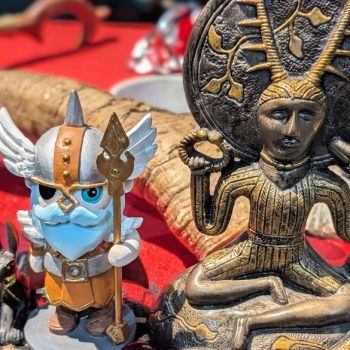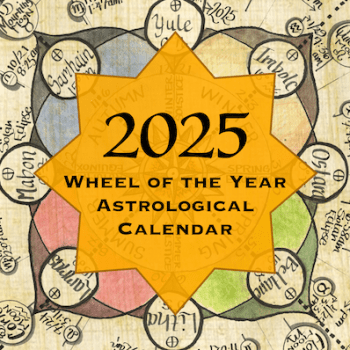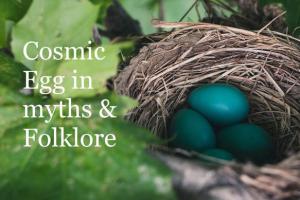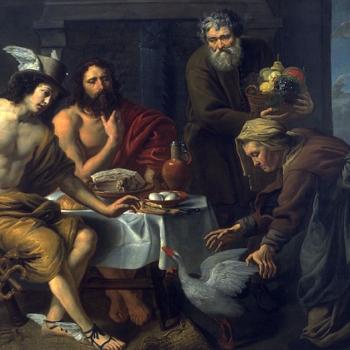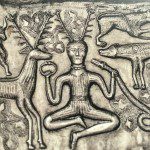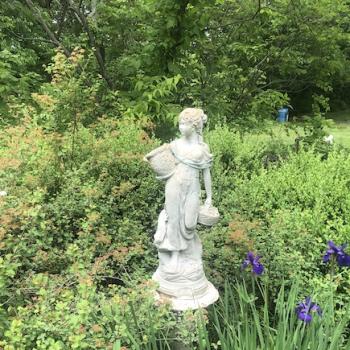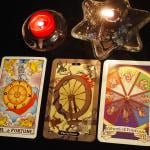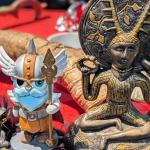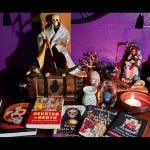There is no one goddess of the Witches and no one god of the Pagans; but there are a few deities that everyone out there in the magical community should know. Feel free to agree or disagree with my choices!
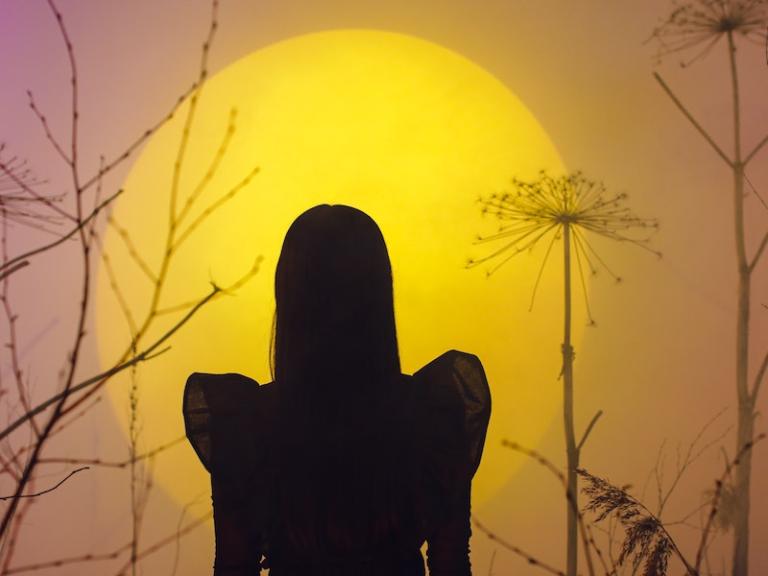
ARADIA
Aradia might be the “youngest” deity on this list, but she (and the book that bares her name) might be responsible for much of the Modern Pagan Revival and the rise in popularity of religious Witchcraft. Published in 1899, Aradia: or the Gospel of the Witches by Charles Leland contains the lore and magick of a group of Italian Witches (or Strega) who honor the gods Diana and Lucifer, alongside their daughter Aradia.
In Aradia, the daughter of Diana comes to Earth and shares her Witchcraft with the oppressed. In the text, the oppressed are the Witches who refuse to submit to Christian dogma. Much of the material in Aradia would show up in later (English-language) Witch traditions. Doreen Valiente’s Charge of the Goddess contains several lines taken from Aradia, and mini-rituals such as cakes and ale make an appearance in the book too.
Aradia is far more popular today than she was 125 years ago. She’s a part of spellwork from Brazil to India, and her magick is in more demand than ever. A new group of oppressors are hard at work, trying to take away voting rights, body autonomy, and protections for the LGBTQ+ community.

BRIGID
Perhaps the most resilient of all the Pagan goddesses from ancient Europe is Kildare Ireland’s Brigid. Brigid was so resilient that when Ireland converted to Christianity Brigid simply turned into St. Brigid and continued standing beside her people.
In Ancient Ireland Brigid was the goddess of: prophecy, learning, metal working, and healing; in modern depictions of the goddess, Brigid has been transformed into the goddesss of just about everything! Brigid has long been associated with the sabbat Imbolc, and in some Witchcraft traditions that sabbat is simply called Brigid!
The goddess Brigid is often characterized as a fire deity, which her association with metal-working certainly implies. The word Brigid even translates as “fiery arrow” lending more credence to the argument. The most celebrated relationship Brigid had with fire was at her shrine in Kildare, which according to legend was kept first for the goddess Brigid and then later for the Saint of the same name.
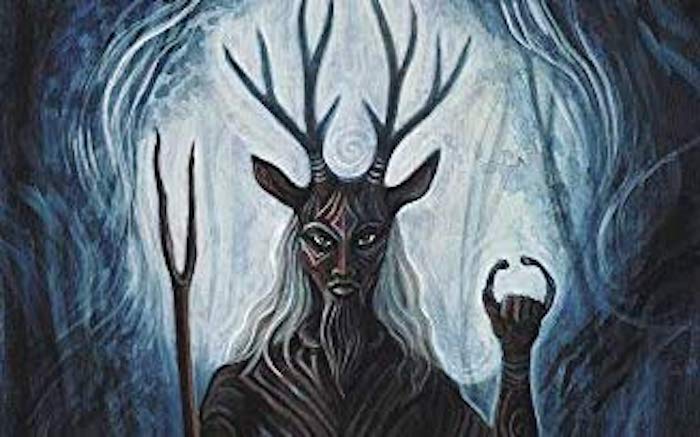
CERNUNNOS
Cernunnos was a Gallic-Celtic god of hunting, wealth, animals, and most likely death. Cernunnos is a bit of an enigma compared to the other deities on this list because there’s no ancient mythology featuring the god, and his name only appears three times in the historical record. However depictions of Cernunnos are remarkably consistent, which sheds light on his character and attributes.
There are most likely many people who honor Cernunnos without even knowing his name. The antler-headed god has become the default depiction of the Horned God for many Witches and Pagans. And images clearly based on Cernunnos show up frequently in art and on book covers.
Over the last seventy years Cernunnos has become a favorite of many Witches and Pagans, and new myths and understandings of the god are beginning to emerge. As a Cernunnos worshipper myself, I’m always amazed to hear from people who are a part of different spiritual traditions than my own about how closely their experiences with Cernunnos mimic my own.

DIANA/ARTEMIS
Artemis is the goddess of the natural world; the sovereign of the forests and the world’s wild spaces. Artemis is also the goddess of hunting, while at the same time (according to Homer) the “Mistress of Animals.” The youngest and most vulnerable animals of the forest were the ones most sacred to her, and much of Artemis’s iconography benignly pictures her with a variety of creatures. She is just as likely to be holding a fawn in her arms or feeding a swan as she is to be shown hunting them. Choosing to spend most of her time on Earth with her nymphs and away from Mount Olympus, Artemis is a goddess who follows her own path and who is beholden to no man.
Over the centuries, Artemis absorbed a variety of elements from other goddesses. Due to her association with the Roman Diana (which means “bright one”), Artemis become the goddess of the moon, replacing Selene in both art and poetry. Artemis is also sometimes shown carrying a torch, a tool most associated with Hekate. The conflation of Diana and Hekate led to Diana being seen as a goddess of Witchcraft.
Diana’s connection to Witchcraft was further reinforced by being one of the very few Olympian deities (and only female one) mentioned in the Christian New Testament. (The other two deities mentioned are her father Zeus and brother Hermes.) Because of this development, when Christian writers found themselves wanting to vilify a Pagan goddess Diana became the obvious choice, and to the ill-informed who only had the Bible as a resource the only choice.
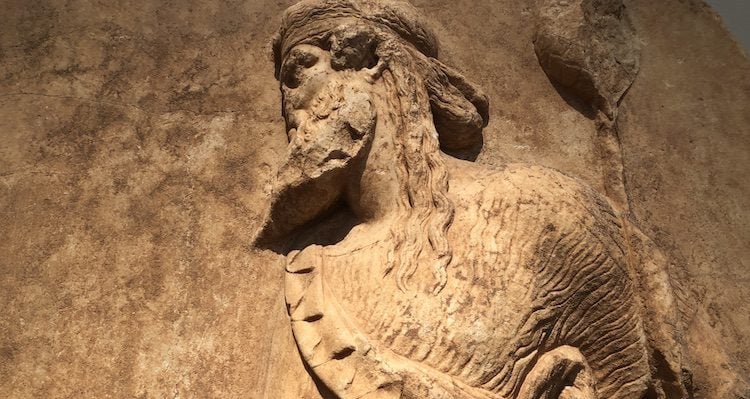
DIONYSUS
After Heracles, Dionysus is the most written about of all the Greek gods! The son of Zeus and Semele, Dionysus was worshipped from Great Britain to India in the ancient world, wherever wine and joy could be found, Dionysus was not far behind. There were two aspects to the worship of Dionysus. There was his public cult, and the more private “mysteries” that required initiation in order to participate.
Today Dionysus tends to get pigeonholed as the god of drama and drink, but his worship was far more complex in the ancient world. Dionysus was the god of divine madness and ecstasy, and in many places was associated with death. Dionysus was a sexual and sensual god, but (by the standards of the Greek gods) was rather faithful to his wife Ariadne. The wine-god did not quite have the wandering eye of his father Zeus.
Dionysus was something of a gender bender. He was thought by some to be effeminate and was known to dress in drag. In the Ancient World, many of Dionysus’s most devoted followers were gay men, a trend that has continued into the modern age. In ritual, I once heard Dionysus referred to as “they” and the pronoun is an apt one for the wine-god. Dionysus was and is capable of appearing in a multitude of roles, which is not surprising for a god who is said to have invented theatre.
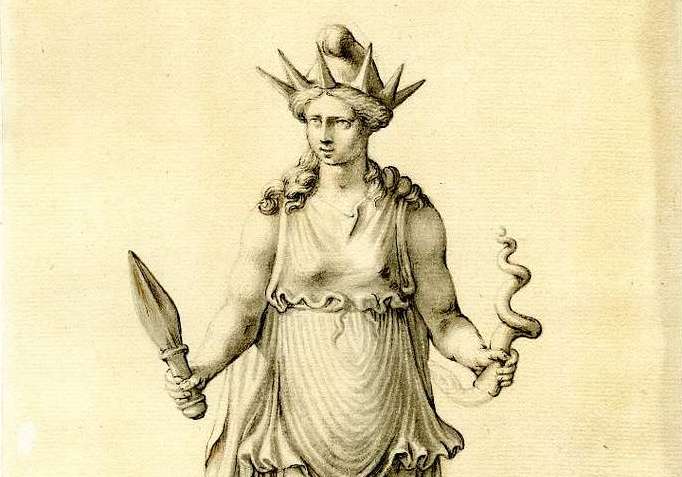
HEKATE
Probably the most popular deity in Witchcraft circles today, Hekate is the Titan goddess of the crossroads and (not surprisingly) Witchcraft. She’s easily identifiable in most ancient iconography due to the torch in her hand. Hekate is also a goddess of death, and along with Hermes, was one of the few Greek gods capable of freely moving between the realms of the living and the dead.
Hekate was a goddess of the night (which explains the torch), and her nighttime retinue included the spirits of the dead and dogs. Dogs were especially sacred to the goddess, and they were scarified to Hekate at her temples. As a goddess of the night, Hekate was also associated with the moon, and she was often syncretized with the Greek moon goddess Selene (and later, the Roman Diana).
In the 1950’s the English poet Robert Graves theorized that the goddesses Persephone (Kore), Demeter, and Hekate were an ancient representation of the “Triple Goddess,” with the three deities representing the life stages of Maiden, Mother, and Crone. This has led many to assume that Hekate was a Crone goddess, though she most certainly was not in the ancient world. Most depictions of Hekate in the Ancient World portray the goddess as a young woman.
The Greek poet Hesiod once wrote that Hekate was given: “a share of both the earth and the undraining sea. From the starry heaven too, she has a portion of honor, and she is the most honored by the immortal gods.” He also adds that she was honored “above all others” by Zeus, appropriate accolades for a goddess so associated with Witchcraft.
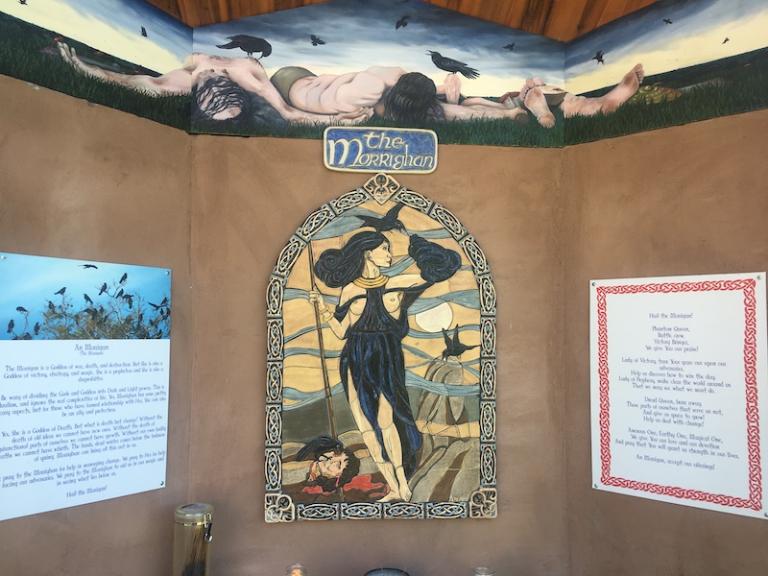
THE MORRIGAN
The city I live in has a major problem with crows. Hundreds of crows live in our downtown and surrounding environs, leaving lots of evidence of their presence. Often, many of those crows hang out on the power lines outside my house, staring into my home. A friend noticed this once and asked “What have you done to piss off the Morrígan.”
As you may have surmised, the Morrígan is a goddess of crows, but she’s also a goddess of battle and death. If you are headed off to war, or even just a protest, you might want to ask the Morrígan to provide a little bit of protection and ensure victory in your endeavor. Her knowledge of war is so vast that she knows which battles will be won, and which battles will be lost, before they even happen, making her a goddess of prophecy and fate. Despite being a rather foreboding goddess, the Morrígan was a goddess of the people, protecting livestock and ensuring fertility and abundance.
The Morrígan is a part of the Tuatha Dé Danann, the original deities of Celtic-Ireland. In these tales (and in most ancient mythology related to the goddess) the Morrígan has been transformed into a supernatural figure. When Irish mythology was finally written down, it was done so long after the Christianization of the country, and the monks who wrote the story were reluctant to portray Celtic deities as gods. Despite what many of the stories suggest, the Morrígan is most certainly a goddess, and a powerful one.
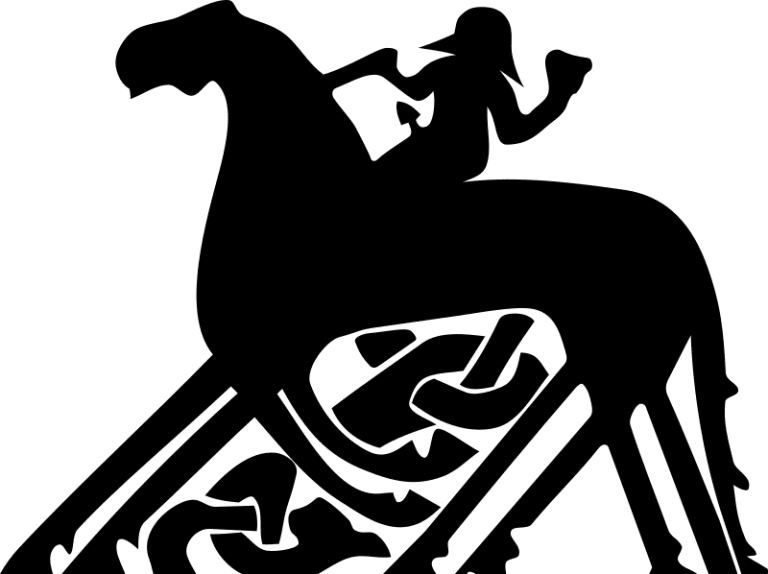
ODIN/WODEN
Odin is the Norse god of wisdom, magick, war, death, royalty, and healing. He might be most well known for hanging himself upon the world tree Yggdrasil and losing an eye in order to obtain the wisdom of the runes. This also makes Odin a god of self-sacrifice. Odin is sometimes also called Wōden, which was his name in Old English. Odin is also the ruler of Asgard, making him the king of the Norse gods.
Today Odin, along with his sons Thor and the adopted Loki, might be most well known for being a part of the Marvel Cinematic Universe. The movie portrayals of the gods of Asgard are not quite consistent with their depictions in myth, but have done much to fuel their popularity. Perhaps more than ever before, there are very few people who are not familiar with Odin. Outside of Marvel movies, there are several elements of the Santa Claus/St. Nicholas myth which seem to have more to do with Odin than a Turkish Saint.
Sadly, Odin and many of his sons and brethren have been coopted by white supremacists. There are a lot of really great Norse Pagans and Heathens in the magickal community, but outside of it, there are a lot of racist asshats invoking and besmirching the name of Odin. Odin is not a god of white-supremacy.
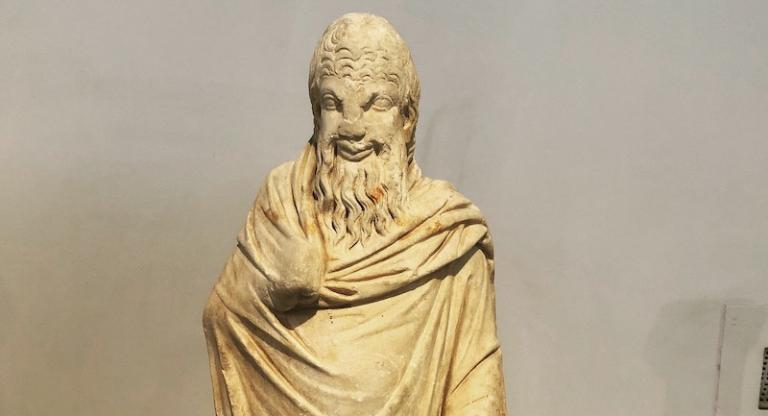
PAN
While most modern depictions of the Horned God resemble Cernunnos, much of how we talk about the Horned God comes from the myth, poems, and iconography of the Greek God Pan. A native of Arcadia, Pan was the Greek god of sex/lust, dance, panic, shepherds, the natural world, hunting, and masturbation. Though there are not a lot of myths featuring Pan, the god was obviously beloved in Ancient Greece and Rome, there are just too many statues and frescoes of Pan for the god to have been an afterthought!
Pan got a bit of a make-over in the 19th Century, in England of all places. Poets seeking a link to the rapidly shrinking English countryside called upon Pan, resulting in the god becoming one of the most popular and most written about deities in all of English literature. In many of these poems, Pan is far more welcoming than he was in Greek myths. In poetry Pan far more likely to be splashing in the water with nymphs as he is to be chasing them.
Due to the goat-horns atop his head, Pan is sometimes linked to the Christian Devil. While Pan most certainly has some “devilish” qualities, he is no way related to the Christian Devil. Today Pan is often invoked as an aspect of the Horned God.


